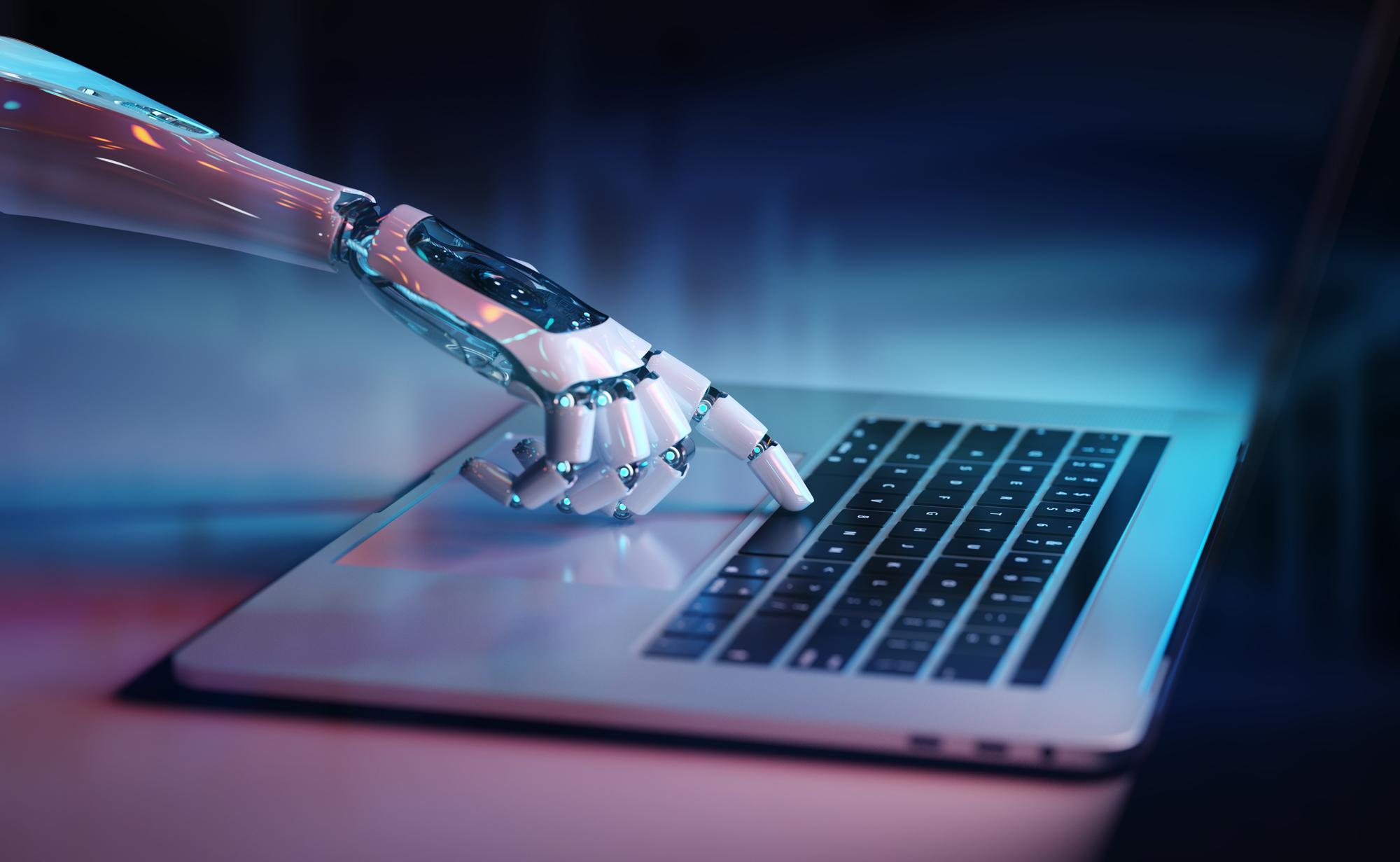
Robotic Process Automation
How can Robotic Process Automation (RPA) help your organization?
The development of technology and it’s role in business is always expanding, and is one of the primary driving factors of economic growth. Just look at how much the computer revolution of the 90s and 00s has improved productivity. Document development, media production, and communications are just some of the areas where technological development has dramatically improved productivity and economic output, and that doesn’t even begin to take into consideration technological growth in industrial sectors. The thing about technology though is that it just doesn’t stop improving, and robotic process automation is just one of the many recent technological development that’s pushing business, industry, and government to new heights of efficiency and service.
What is Robotic Process Automation?
RPA is a software technology that allows for the creation of software robots that emulate simple human actions (though you might be surprised how complex those “simple” actions can get). Remember these are software “robots” in the literal (not science-fiction) definition of the word, which is “any automatically operated machine that replaces human effort” according to Brittanica, so we’re not talking about physical bipedal automatons here; just snippets of computer code that execute a set of instructions.
Just a few examples of the processes these software robots can execute include parsing documents, reviewing and validating forms and their data, inputting basic information and so on. What’s more, these “bots” do it faster and with fewer errors than humans do. In a world where frustrating errors in basic busy-work can wind up causing friction or interrupting work, the value of automating routine jobs with robots to free up our workforce to focus on customers, new initiatives, and other high-value projects is obvious.
The differences between RPA and AI
First, the software robots that fulfill RPA processes, although they can be complex, are ultimately still relatively “dumb” compared to AI-driven automation. No doubt by now you’ve heard about developers “teaching” AI engines by feeding them reams of data and then getting them to compose an original work of art, or movie script, or what have you. You simply can’t do that with the software robots involved in RPA; they precisely execute a series of individual steps to fulfill their functions and are in no way generative constructs.
RPA is also substantially cheaper than true AI, at least currently. You’ll no doubt here arguments that AI automation is superior to RPA, and in many ways it is, but as far as business spending and budget-consciousness goes, RPA is still the way to go, at least for now. Most SMBs and municipalities will find better returns using simple but “stupid” robots to streamline workflows than they will investing in an AI that they don’t really need.
Regardless of your position on RPAs as opposed to AIs, there’s no arguing that as technology develops, so will their capabilities. If you’re interested in how you can put Robotic Process Automation to work for your organization, or how to prepare to implement it, please feel free to contact a TRINUS IT expert and we’ll be happy to help you out.
Sincerely,
The TRINUS Team
trinustech.com

















